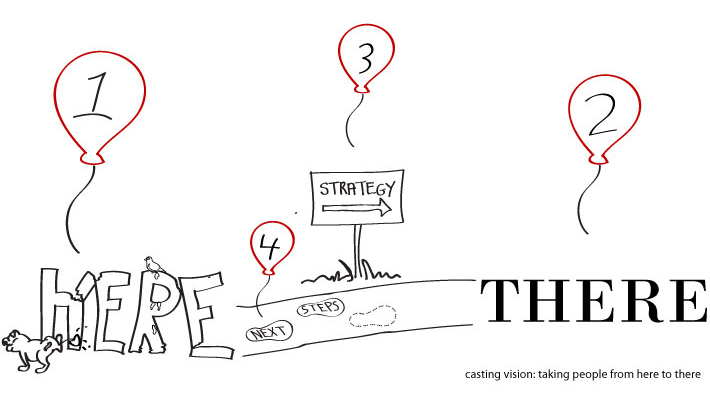A four step model for communicating change and setting vision: Taking people from "here" to "there"
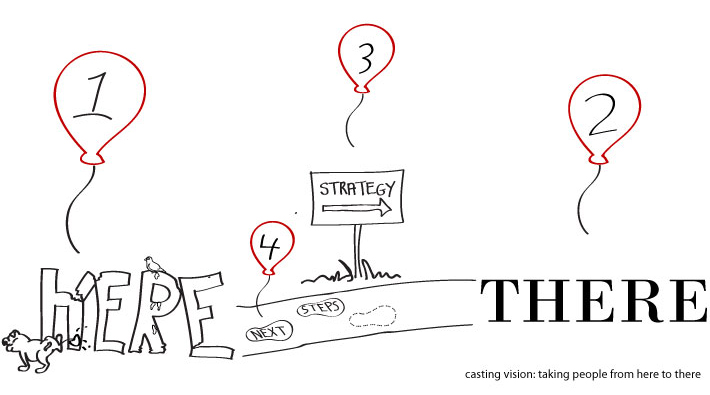
How vision and change is communicated is critical in determining not only change success but whether a leader will have any followers. This is highlighted in a quote from a recent Washington Post blog post on the 2012 presidential election:
“Romney can tell you exactly what he wants to do, but barely a word about how he’ll do it. Obama can’t describe what he wants to achieve, but he can tell you everything about how he’ll get it done.”
For those of us tasked with challenges smaller than winning the role of President of the United States, Vision plays a large part in any change initiative and goal setting exercise. Yet are such endeavours dependent upon being or having a “visionary leader”? Are such leaders based solely on a roll of the genetic dice to determine an intuitive versus sensory personality type? For others not so endowed, can the process of setting vision be learned through some sort of model?
The title of this post proposes this may be a possibility. I came across a model of vision casting a few months back and heard it reiterated by Bill Hybels at a recent conference. The premise states that the role of leaders is to take people from a place called Here to somewhere else called There, clearly outlining Strategy and Next Steps. As highlighted by the Obama and Romney comparison, communicating this journey needs to consider all stages in the appropriate order.
The vision casting journey
Step 1: Here
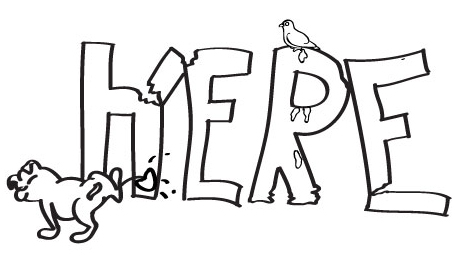
The first step is to communicate why being Here is so unsatisfactory. Profits are low, customer satisfaction is down, volunteers or employees are not engaged, people are stressed, and life is generally not good. Similar to the first step of strategic planning, we must all agree on our current situation. Succinct and clear communication of Here ensures everyone is ready to talk about There.
Step 2: There

There is nirvana, utopia, a “better place”. If not perfect, at least it will address the issues of Here. The description is believable yet compelling. How believable it needs to be depends on how badly people want to get out of Here, as sometimes people will embrace anything so long as it is not their current situation. The description of There is all hype, however, if not quickly followed by Strategy.
Step 3: Strategy
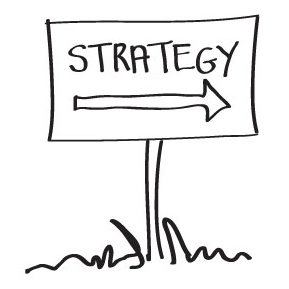
Strategy tells us how we will get from Here to There. A clear strategy ensures that we will stay heading in the general direction of There and that we expect to follow through and not stop short of reaching There. We need confidence that there is a plan. We acknowledge that the situation may change on our journey from here to there and we may not know everything that needs to be done. However, we do at least need to know our Next Steps.
Step 4: Next Steps
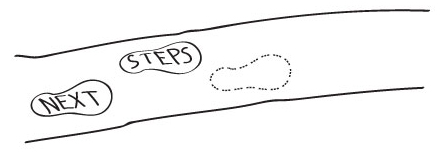
Next Steps tell us what we need to do as soon as we leave the board room, auditorium, or desk. These are clear, assignable, understandable and accountable. Everyone knows who is doing what, how, and by when. It is also clear where these Next Steps fit in the strategy and how they will help us get from Here to There.
Step 5: Maintain
The most difficult part of change is the middle. The beginning is full of new excitement and close to the end you are almost at your goal. The model above forms a regular conversation with key stakeholders through your change process. What may have been a one-hour session in the beginning turns into a five-minute catch up through the week.
You may spend a few minutes ensuring you all know where you came from (Here), another bit confirmation of where you are going (There), a half minute or so to reiterate the plan of attack (Strategy), and then cover off the current next steps. Rinse and repeat to create a cadence of conversation through the organisation to maintain momentum of change.
The order is important
When casting vision, all aspects need to be present and each in the appropriate order. Common mishaps, many of which I have been guilty of, include:
- You start with There
You have spent the last two weeks researching issues with your situation and identified the ideal solution. You cast the vision for There with enthusiasm, but your audience feels that Here is not too bad and question why you chose that particular There. - You start with Strategy
You share a rock solid plan, but your audience is unsure where you are taking them. Strategy alone will not inspire. - You start with Next Steps
This only works if you are working with automatons or people who are disengaged with your organisation. You also lose any possibility of innovation from people offering ways to help achieve your strategy.
This simple model of communicating your vision is an effective means to align people towards a common goal. Whether you are running for a position of President of the United States or CEO of yourself, creating a consistent narrative that takes people on a journey can help you realise your goals.

